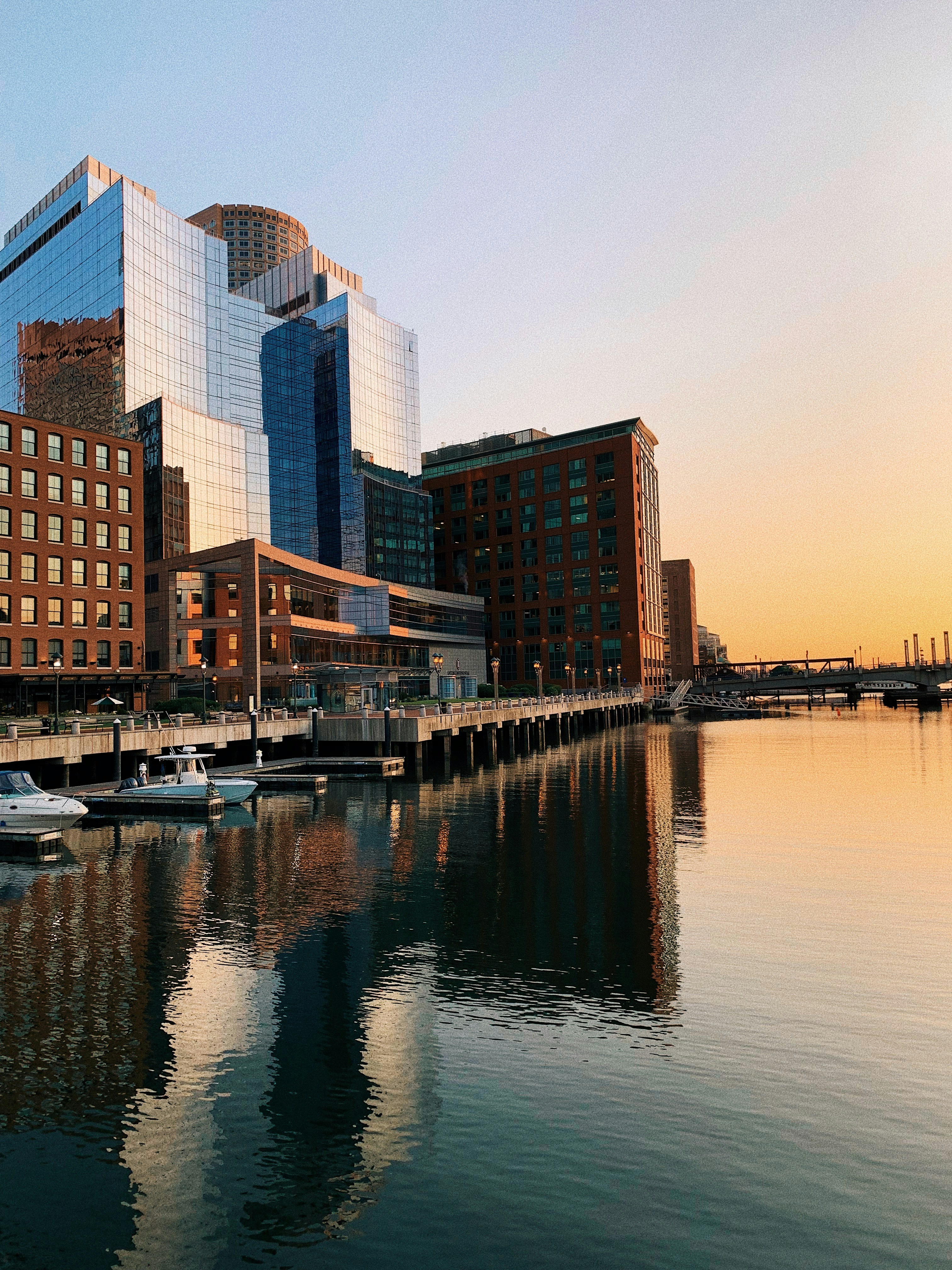Why Your Homepage Matters—and How to Make It Work
Your homepage is often the first thing a potential customer sees. And in a world where people decide in seconds whether to stay or leave, first impressions aren’t just important—they’re everything.
If your homepage is cluttered, slow, or confusing, visitors won’t stick around long enough to find out what you offer. A strong homepage does more than look nice. It tells people what you do, builds trust, and guides them toward taking action.
Here’s how to create a homepage that actually converts.
1. Lead with a Clear Value Proposition
The most important thing your homepage needs to answer is: What do you do, and why should someone care?
This message, your value proposition, should be one of the first things visitors see. Keep it short, specific, and focused on how you help.
Tips:
- Be direct. Avoid buzzwords or vague claims.
- Highlight your differentiator. Why you instead of the next site?
- Use simple language that’s easy to skim.
Example: “Custom websites that help small businesses get more leads, without the tech headaches.”
2. Keep the Design Simple and Focused
Clutter confuses. A clean layout with plenty of breathing room helps users focus on what matters, your message and your offer.
Design Tips:
- Use whitespace to separate content and create flow
- Stick to 1–2 fonts and a consistent color palette
- Avoid flashy animations or popups that distract
- Make sure your homepage works great on mobile
When in doubt, simplify.
3. Use Clear, Action-Driven CTAs
If you want visitors to take action, book a call, buy a product, or sign up, you have to guide them.
Best Practices:
- Put your main CTA (“Get a Quote,” “Shop Now,” etc.) above the fold
- Use action words that are clear and specific
- Use contrasting button colors so your CTA stands out
- Match the CTA to the content: if you’re explaining a service, follow it with “Learn More” or “Schedule a Call”
Your homepage should always give people a next step.
4. Build Trust with Social Proof
People want to know your business is legit. Show them you’ve helped others like them.
Ways to Add Social Proof:
- Include testimonials from real customers
- Highlight review scores or client logos
- Link to case studies or quick success stories
Example: “Trusted by over 500 local business owners since 2018.”
5. Speed Matters: Make It Load Fast
Even a beautiful homepage won’t convert if it takes too long to load. In fact, a one-second delay can seriously hurt your conversion rate.
Quick Wins:
- Compress images
- Limit unnecessary plugins
- Use a content delivery network (CDN)
- Test your site speed with Google Analytics or similar tools.
Fast sites feel modern, professional, and easy to trust.
6. Make Navigation Easy
Your homepage should be the starting point, not the dead end. Help visitors get where they need to go quickly.
How to Improve Navigation:
- Use a simple top menu with clear labels
- Add visible buttons or links to your main pages (like Services or Shop)
- Don’t overwhelm people with too many options
- Include footer navigation for quick access to other links
A homepage that converts is also a homepage that guides.
Final Thought: First Impressions Don’t Get a Second Chance
Your homepage is often your first, and best, opportunity to show visitors what your business is all about. If it’s confusing, slow, or doesn’t clearly explain what you do, people won’t stick around.
Want a homepage that helps you win more leads and customers?
Let’s build something that actually works. Contact LaudableUX today.




